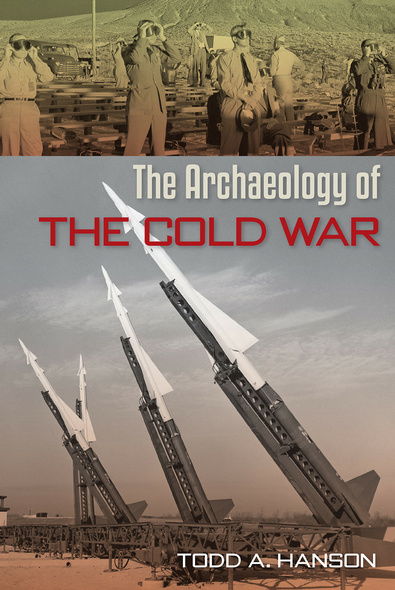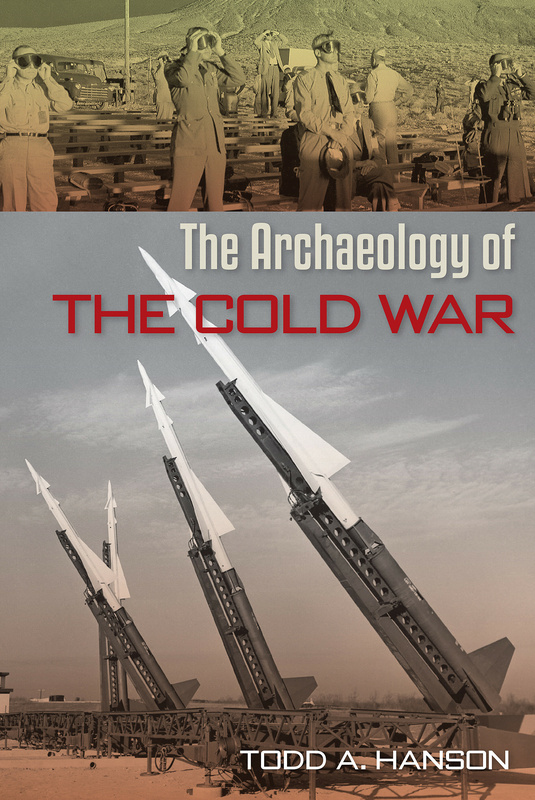Our shopping cart is currently down. To place an order, please contact our distributor, UTP Distribution, directly at utpbooks@utpress.utoronto.ca.

The Archaeology of the Cold War
“A long overdue book that highlights issues of memory, scholarship, and the role of the archaeologist as part of a larger move to address the Cold War as a defining and significant period in human history.”—James P. Delgado, author of Silent Killers: Submarines and Underwater Warfare
“An important contribution to the growing number of archaeological studies of the Cold War, for the first time synthesizing research undertaken in the United States.”—Wayne Cocroft, coeditor of The Home Front in Britain 1914–1918: An Archaeological Handbook
The Cold War was one of the twentieth century’s defining events, with long-lasting political, social, and material implications. It created a global landscape of culturally and politically significant artifacts and sites that are critical to understanding and preserving the history of that conflict. The stories of these artifacts and sites remain mostly untold, however, because so many of the facilities operated in secret.
In this volume, Todd Hanson examines the Cold War’s secret sites through three theoretical frameworks: conflict archaeology, the archaeology of the recent past, and the archaeology of science. He presents case studies of investigations conducted at some famous—and some not so famous—historic sites that were pivotal to the conflict, including Bikini Atoll, the Nevada Test Site, and the Cuban sites of the Soviet Missile Crisis. Hanson illustrates how, by examining nuclear weapons testing sites, missile silos, peace camps, fallout shelters, and more, archaeology can help strip away the Cold War’s myths, secrets, and political rhetoric in order to better understand the conflict’s formative role in the making of the contemporary American landscape. Addressing modern ramifications of the Cold War, Hanson also looks at the preservation of atomic heritage sites, the phenomenon of atomic tourism, and the struggles of America’s atomic veterans.
As the Cold War retreats into the annals of history, and its monuments fade away, so too do the opportunities to gain deeper insight into the successes—and the failures—of the era. Hanson suggests topics for future archaeological research and reflects on the implications of failing to study or preserve North America’s Cold War heritage.
Todd A. Hanson is an anthropologist at Los Alamos National Laboratory in Los Alamos, New Mexico.




